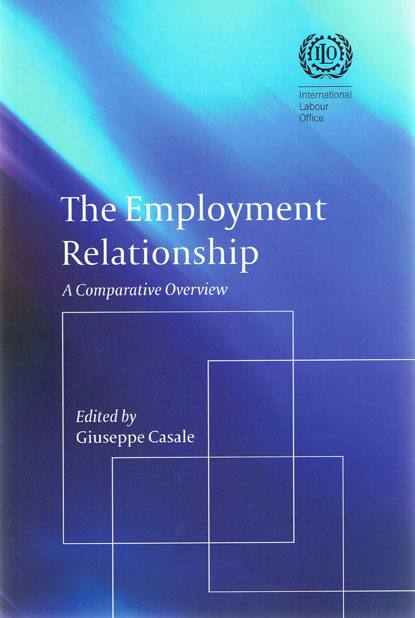
The issue of who is or is not in an employment relationship has become problematic in recent decades as a result of major changes in work organization as well as in the adequacy of legal regulation in adapting to such changes.
In different parts of the world there is increasing difficulty in establishing whether or not an employment relationship exists in situations where the respective rights and obligations of the parties concerned are not clear or where there has been an attempt to disguise the employment relationship or where inadequacies or gaps exist in the legal framework or in its interpretation or application.
Vulnerable workers appear to suffer most in these situations. At the same time the social partners and labour administrators have emphasised that globalization has increased the need for protection, at least against circumvention of national labour legislation by contractual and/or other legal arrangements.
The employment relationship is then more and more under scrutiny not only of labour lawyers, but also of workers, employers and the judiciary. Changes in the world of work have modified the traditional notions of the employment relationship. These changes in the “standard employment relationship” shape the scope of protection and application of labour legislation and automatically affect the way labour law is implemented.
This book presents the way the scope of labour legislation applies to the realm of the employment relationship. Terms, notions, definitions, laws and practice in the various regions of the world are herein reported.